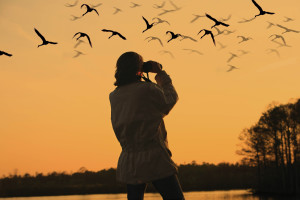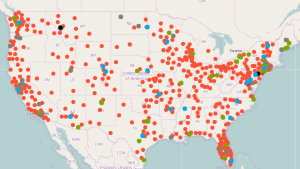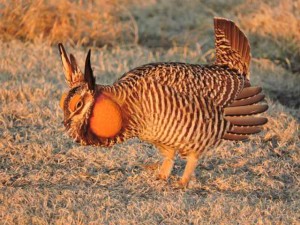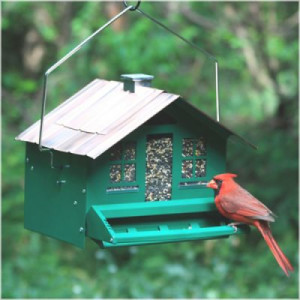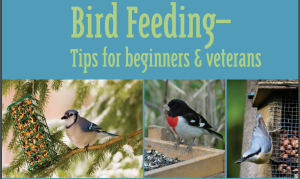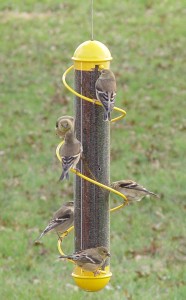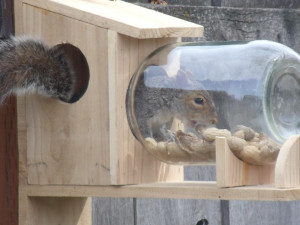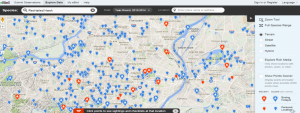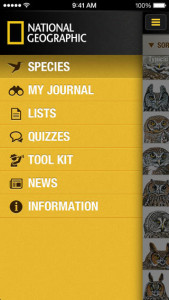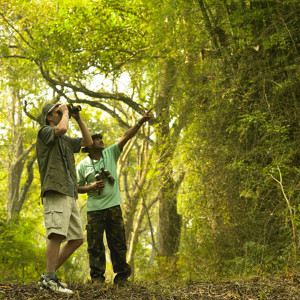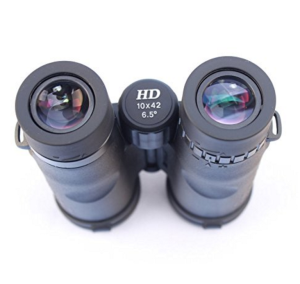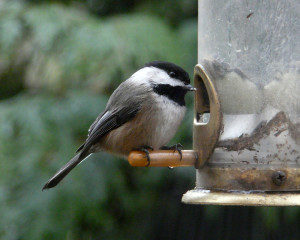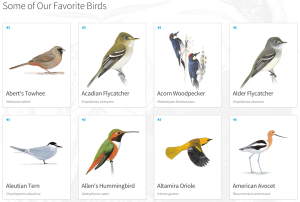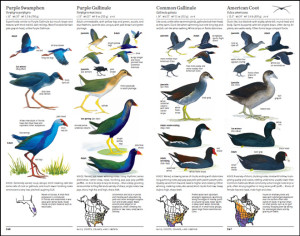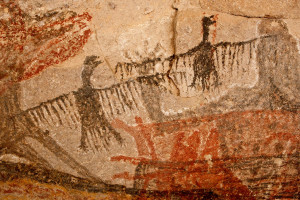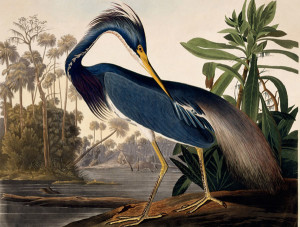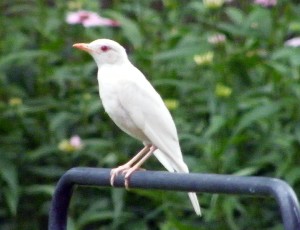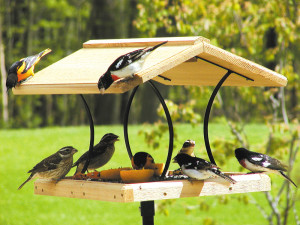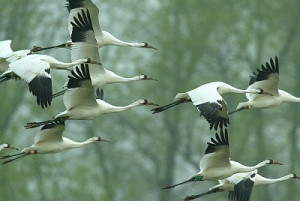When people hear about night vision, modern image enhancement technology is what the majority of them think about. Image enhancement systems are actually commonly referred to as NVDs or night vision devices. These night vision devices rely heavily on a specialized image intensifier tube that collects both infrared and visible light before proceeding to amplify them. This is basically how it works, but it is a very brief description that does not go into the actual details of the process. The complete explanation is actually quite a bit more complicated.
Steps in the Night Vision Process
Although the introduction’s method of explaining night vision technology is technically correct, it is a very intricate process that requires a more detailed explanation. There are multiple steps in the process of creating an effective image enhancement system. This section will go over each of these steps separately with great attention to detail.
- For the first step in the night vision process, an objective lens is used for the capturing of ambient light and small amounts of near-infrared light.
- The light that has been gathered through the objective lens is transferred to the image intensifier tube. In the majority of night vision devices, the image intensifier tube usually has either two N-Cell or AA batteries. These act as power supplies for the tube to draw energy from for operation. The image intensifier tube outputs a relatively high voltage of somewhere around five thousand volts to the tube components.
- The image intensifier tube holds a photocathode for the purpose of converting the incoming photons into electrons.
- As the newly converted electrons are passing through the image intensifier tube, fairly similar electrons become released from atoms that exist in the tube. Through the use of a specialized microchannel plate that is located within the tube, this effectively multiplies the number of electrons by a factor of well over two thousand. This microchannel plate, or MCP, is a miniature disc built entirely out of glass. It has multiple millions of microscopic holes in it, which are also known as microchannels. These microchannels are constructed using an innovative fiber-optic technology. The plate is contained within a vacuum with small metal electrodes that reside on both sides of the disc. The microchannels in the plate are near forty-five times longer than they are wide, and they function by multiplying electrons.
- When the electrons coming out through the photocathode make contact with the first electrode of the microchannel plate, they are sped up into the microchannels. This is done by the five thousand volt pulses that are being sent between the two electrodes. Then the electrons begin passing through the microchannels in the plate. This causes the release of multiple thousands of separate electrons in either channel through a process that is called cascaded secondary emission. Basically, that is where the original electrons begin to collide with the channel’s side, exciting the atoms and causing more electrons to be released. The new electrons also begin to collide with other atoms, which creates a chain reaction. This results in thousands of the electrons exiting the channel where only a small amount had entered. When the microchannels in the plate are created, they are done so with a slight angle with about a five to eight-degree bias. This promotes electron collisions and reduces both the direct light and ion feedback from all of the phosphors located on the output side.
- For the next step, the electrons collide with a screen located at the end of the image intensifier tube. The screen is fully coated with phosphors, and the electrons lie still, maintaining their position in relation to the microchannel that they had passed through previously. This provides an almost perfect image due to the electrons maintaining the position of the original photons. The energy that the electrons contain causes the phosphors at the end of the tube to become excited and release a multitude of photons. These phosphors are what create the green coloring that currently characterizes night vision.
- The now green phosphor image can be viewed through a separate lens that is called the ocular lens. This other lens allows for the magnification and focusing of the image. The night vision device can now be connected to a monitor or other electronic display, or you can just look directly into the ocular lens.
That is basically how night vision goggles and scopes are capable of drawing in small amounts of light, and transforming and multiplying them until eventually using them to display a lighter, green image.
Various Applications
Night vision devices are truly innovative inventions, capable of letting the average person see many times better in the dark. They are widely used for various purposes, from sensitive military operations to late-night wildlife observation. Five common applications for night vision technology include:
- Military operations
Goggles, scopes, cameras, and other devices that utilize night vision technology are commonly employed for use in a variety of military operations. - Law enforcement
Certain law enforcement agencies use a number of night vision devices to increase efficiency in many different circumstances. - Observation of wildlife
Night vision goggles and cameras are ideal for observing local wildlife and their behaviors after the sun sets. - Advanced security
Different types of night vision cameras are commonly used for the security of properties. - Surveillance
Goggles with night vision capability can be used to perform surveillance or search and rescue operations in the dead of night.
Conclusion
Night vision is an innovative technology that is capable of being utilized in numerous situations. A complicated process allows for small amounts of light to be converted into full-scale images that increase the user’s visibility in dark environments. Employing night vision technology can potentially enhance efficiency during the night in various ways, allowing the user to examine their nearby surroundings with significantly improved vision and awareness.

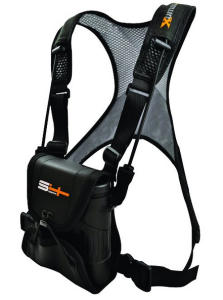 A binocular harness is a wearable harness built to hold your binoculars when they aren’t in use. They are far more convenient than carrying the binoculars by hand or storing them in your backpack, where you’ll then have to take them out again every time you need to use them. There are several different options that you can choose from based on your binoculars and the activity you will be doing.
A binocular harness is a wearable harness built to hold your binoculars when they aren’t in use. They are far more convenient than carrying the binoculars by hand or storing them in your backpack, where you’ll then have to take them out again every time you need to use them. There are several different options that you can choose from based on your binoculars and the activity you will be doing.